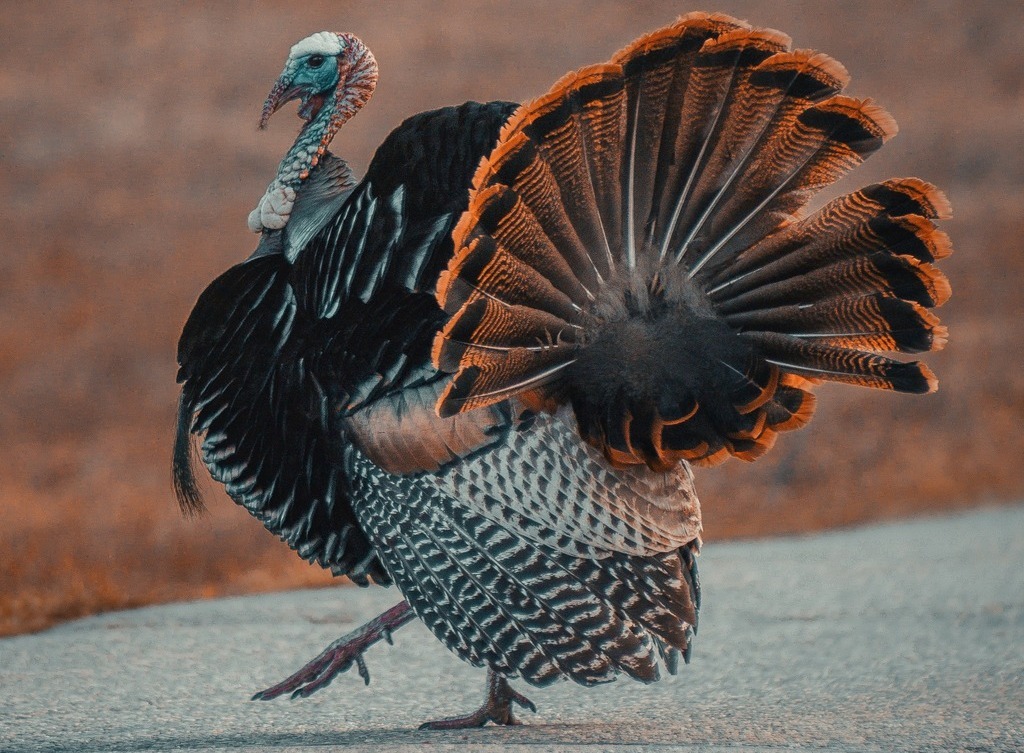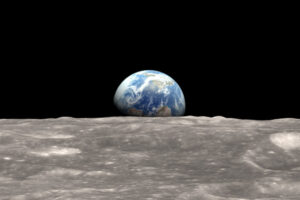Thanksgiving is for practicing gratitude, spending time with loved ones — and eating.
Collectively, we’ll eat 46 million turkeys and 19 million pies this Thanksgiving holiday.
With 330 million people in the country, that amounts to just 1/20 of a pie per American. While that seems a little light, keep in mind that pumpkin is only the second-most-popular pie flavor. Apple is No. 1.
As you debate the merits of pumpkin vs. apple at your Thanksgiving table, keep the conversation flowing with these incredible Thanksgiving facts.
1. Thanksgiving is 401 years old this year.
In 1621, English colonists in present-day Massachusetts broke bread with members of the Wampanoag Indian tribe in a 3-day feast.
That harvest festival (which experts believe was probably celebrated in October, not November) later evolved into our Thanksgiving.
While venison and lobster were likely on the menu, turkey wasn’t.
2. Turkeys are native to North America.
Wild turkeys have a wide range — from northern Mexico to the eastern U.S. The first domesticated turkey was brought from Mexico to Europe in the 16th century.
And today’s birds are much larger than those early ones. The largest turkey on record clocked in at 86 pounds.
3. Minnesota is the nation’s biggest turkey producer.
Minnesota raises more turkeys than any other state: more than 37 million in 2022.
North Carolina is a distant second, with 28 million turkeys raised this year. Arkansas is close behind at 27 million.
4. Cranberries are floated in order to be harvested.
While cranberry farms are known as “bogs,” the plants actually need drainage to grow, flower, and fruit.
It’s only at harvest time that the cranberry fields are flooded. The reason: cranberries contain air pockets which help them float.
The floating berries are scooped up with hand rakes and corralled with containment booms (like the kind used in oil spills) before being cleaned, sorted, and packaged.
5. Thanksgiving birthed the frozen-meal industry.
Leftovers are one of the best things about the Thanksgiving holiday. But for food company Swanson in 1953, leftover Thanksgiving turkeys presented a big problem.
The firm had 260 tons of turkey left over after overestimating the nation’s turkey demand. It got creative by assembling and freezing thousands of servings of turkey, dressing, and sides — the first frozen ready-to-eat meals.
6. We have the author of “Mary Had a Little Lamb” to thank for Thanksgiving.
Sarah Josepha Hale became the first female magazine editor in the United States in the early 1800s. In this capacity, she lobbied politicians to create an autumn holiday so that “from Maine to Mexico, from Plymouth Rock to Sunset Sea, the hymn of thanksgiving should be simultaneously raised.”
While it took decades for Hale’s efforts to come to fruition, she did live to see Thanksgiving become an official holiday. Hale passed away in 1879.
7. Lincoln enshrined the Thanksgiving holiday.
President Abraham Lincoln made Thanksgiving a national holiday in 1863. It didn’t become a federal holiday until 1870, following an act of Congress.
Christmas Day, New Year’s Day, and Independence Day were established as federal holidays by the same legislation.
8. FDR had a role to play, too.
For many years, America’s national day of thanksgiving was on the last Thursday of November.
It wasn’t until 1941 that President Franklin D. Roosevelt changed the date to the fourth Thursday of the month — primarily to lengthen the holiday shopping season.
9. Canada’s Thanksgiving predates America’s.
Canada’s Thanksgiving is earlier on the calendar (it’s on our Columbus Day/Indigenous People’s Day in October). It also came earlier in a historical sense.
In 1578, British explorer Martin Frobisher organized a meal to give thanks to God for his crew’s safe transit through the North-West Passage. This route, Frobisher hoped, would link the Atlantic and Pacific Oceans.
10. The Macy’s Thanksgiving Day Parade originally celebrated Christmas.
The first parade organized by Macy’s took place in 1924, featured live zoo animals, and was called the Macy’s Christmas Parade because it marked the reveal of the store’s holiday displays.
Three years later, the live animals were replaced with inflatable ones and the parade was renamed the Thanksgiving Day Parade.
The longest-running balloon in the parade, Snoopy, was introduced in 1968.

Photo by Chris Henry on Unsplash.


